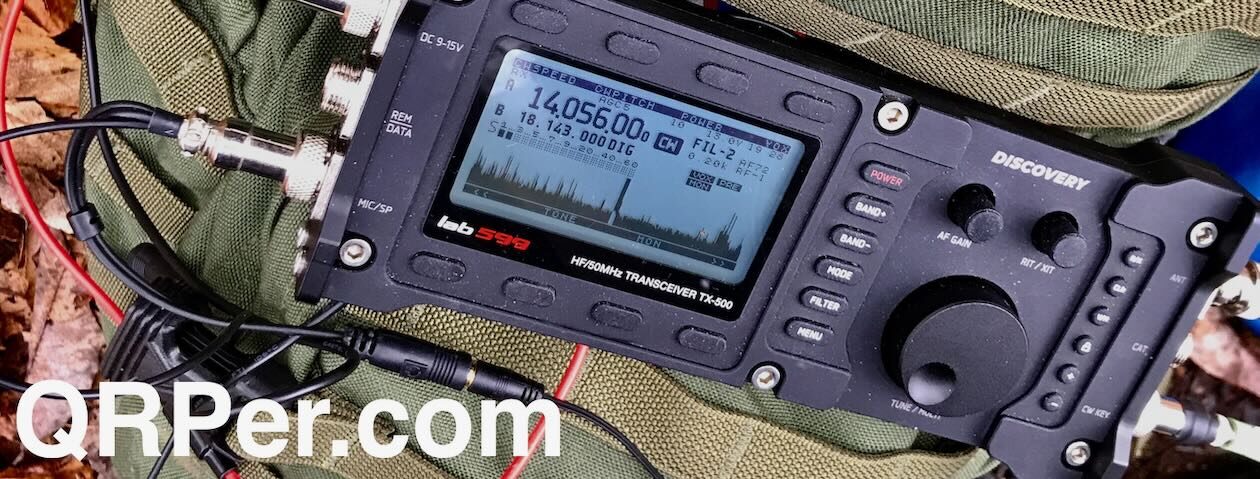By Teri KO4WFP
Fall weather has finally returned to Savannah, Georgia so it is time to get out for more Parks on the Air. Monday, November 18, I headed to a park I had yet to activate – the Savannah National Wildlife Refuge (US-0522).
This park and I have history together prior to my involvement in ham radio. In my 20’s, I volunteered for the U.S. Fish and Wildlife Service and spent time at this refuge in various capacities. I was also employed by a gentleman who owned Fife Plantation, property adjoining this refuge. I was his “eyes and ears” at meetings held to discuss deepening the Savannah harbor and study/assess the environmental impacts of that effort. Those meetings taught me much about the refuge and its relationship with industry across the Savannah River. To return to this park as a ham added yet another chapter for the refuge and me.


As much of the refuge is wetland accessible only by boat, the easiest way to experience this park is to drive the Laurel Hill Wildlife Drive, accessible from SC Highway 170. This drive is a loop through the southern impoundments that are managed for resident as well as migratory bird populations.

After you turn onto the wildlife drive, there is an information kiosk to the left with maps and an informative display regarding the history of the site.



The land on which the refuge sits was originally occupied by the Yamacraw Indians. Later it was used for rice cultivation, being built and maintained by enslaved African Americans as well as immigrant Irish laborers. The rice culture in the area collapsed after the end of slavery and increasing competition. The 2,352 acre refuge was established by President Calvin Coolidge in 1927. Today, the land is managed to provide habitat for waterfowl and other wildlife and is the largest federally protected tract of land on the Georgia coast.


This particular morning, the air was crisp (in the lower 50’s) and I had the park (for the time-being) to myself. As I prefer to use a wire antenna and had brought with me the Tufteln EFRW, I needed to find a tree in which to install that antenna. As you can see from the photos, there are not many trees to be found here. However, dotting the wildlife drive are what are known as oak hammocks.

Oak hammocks are little islands of high ground amongst the wetlands and they are populated by hardwoods such as oaks. There are quite a few along the western section of the wildlife drive. I decided to use the first sizable one I encountered. Utilizing this as my QTH allowed me to park and set up well off the drive. At most parks I visit for POTA, I rarely see anyone. That is not the case here since the park is located not far from downtown Savannah, a popular tourist destination, and it is easily accessible by car.


Even though my Marlow arbor line typically doesn’t hang up in trees, I think oak trees present lots of opportunity for that to happen with their myriad twisty twigs and Spanish moss so I prefer to avoid them. But, if I want to put a wire up in this park, oak trees are about my only option. The particular tree I considered would allow me to run my antenna northwest and away from the drive. That location would also provide shade from the sun through most of the morning.

Once my antenna was installed and I was comfortably settled, I got down to business – the reason I was here: an activation!
Forty meters was not an option due to RFI. That was not surprising given the industry across the river and the presence of monitoring equipment, etc. in the refuge. So I began with 30 meters. Not long after I called CQ, Sean N3RTW answered and the fun began! Continue reading The POTA Babe Reconnects With Her Past






























































































































































